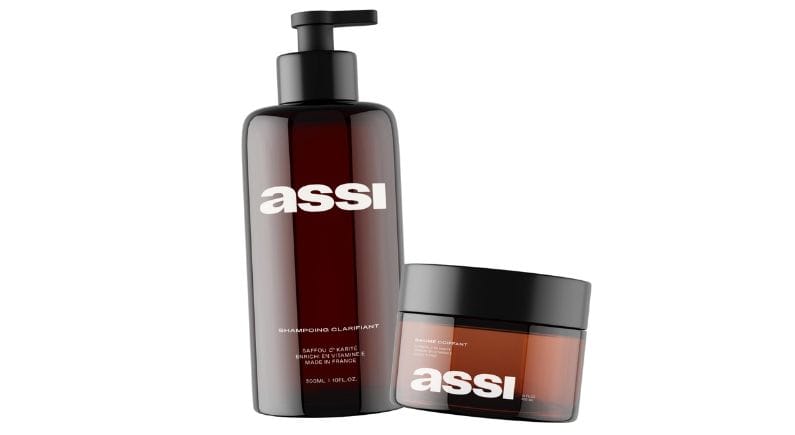
Waterless formulation
While indeed efforts are regularly made to reduce carbon footprint and curb plastic pollution, we should not disregard water, present in more than 80% of most formulas, and which is not an unlimited resource.
---— sign-up and select the FREE option to access this content ------
While indeed efforts are regularly made to reduce carbon footprint and curb plastic pollution, we should not disregard water, present in more than 80% of most formulas, and which is not an unlimited resource. Reducing the water content in products allows reducing their weight and making their transport less polluting. But what are waterless formulation challenges and opportunities?
A wide range of textures
Waterless means water reduction to water suppression (anhydrous), which allows a lot of various textures. If we consider anhydrous products, we can indeed observe different physical forms from liquid to solid, depending on the product's consistency: oils, anhydrous gelled textures, hot poured products in bars, jars or sticks.

